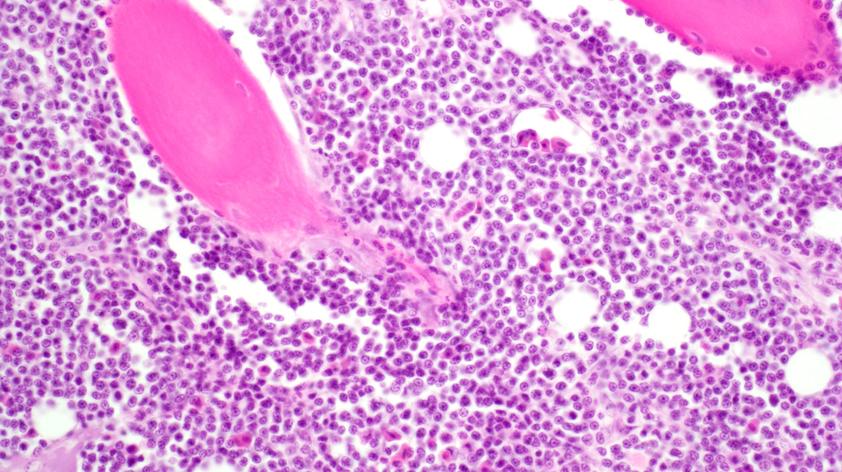
Wildlife diseases: Not what they are quacked up to be!
Working in the Disease Investigations team, one of our core questions is why an animal has died. Through our work, we are able to recognize disease processes in hopes of preventing them. It is natural to be curious as to the reason why a specific or beloved animal has died.
Mostly, as a technician and not a pathologist, I am asked, “What happened? Just old age?” I try to remind them that old age is not a disease, but there are some diseases that may be age-related. I leave the diagnosis to the veterinary pathologists, but after a few years on the job I can usually recognize when something is not right!
Recently, an adult female mallard was found dead near one of the Zoo’s pools and brought to us for a necropsy. Local resident mallards are plentiful, and often find free meals at the Zoo. If they happen to die on Zoo grounds, they get a postmortem exam (necropsy) as part of our surveillance program. This gives the pathologists insight into what diseases, parasites, or potential risks wildlife may bring to our collection.
Wildlife surveillance provides a snapshot to what disease processes are in the surrounding native populations. Sometimes, as in this case, the results are surprising!
Overall, the tissues of this duck were extremely pale, and the liver was firm with random depressions and a few small nodules. The portal vein, that carries blood from the digestive system to the liver, was distended by a large blood clot (or thrombus). Several other tan nodules were scattered throughout the intestines. I processed a full set of tissues for microscopic examination (histopathology).
Looking at the slides, the pathologist saw many tissue changes. If this was a transmissible disease to our collection, the diagnosis would be critical and animal care staff would be notified. But, interestingly, this was not a transmissible disease. This duck had cancer, specifically lymphoma or lymphoid leukemia.
Some people may find it surprising that wild animals sometimes die of cancer like their domestic counterparts and humans. But yes, animals do get cancer of all kinds! Some cancers, or neoplasia, will be in the form of tumors (masses), while others affect bone marrow and blood. Some are the reason for death, while others are incidental or subclinical.
In this unfortunate wild duck, the pathologist saw abnormal lymphocytes (a type of white blood cell) infiltrating solid organs like the liver and spleen and also replacing normal bone marrow and circulating in blood vessels. The reason for the pallor of the tissues was probably a combination of infiltration by neoplastic cells and a lack of red blood cell production by the replaced bone marrow.
The thrombus was probably secondary to the overwhelming number of neoplastic cells in circulation. Reports of cancer in free ranging and captive ducks are rare. We looked through our necropsy records, and since 1983 this is only the third mallard at the Zoo or the Safari Park to ever be diagnosed with lymphoma. On the Zoo’s pathology service you learn something new every day!













